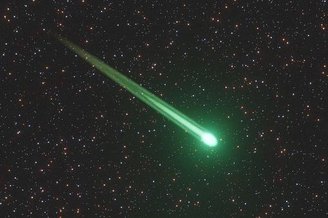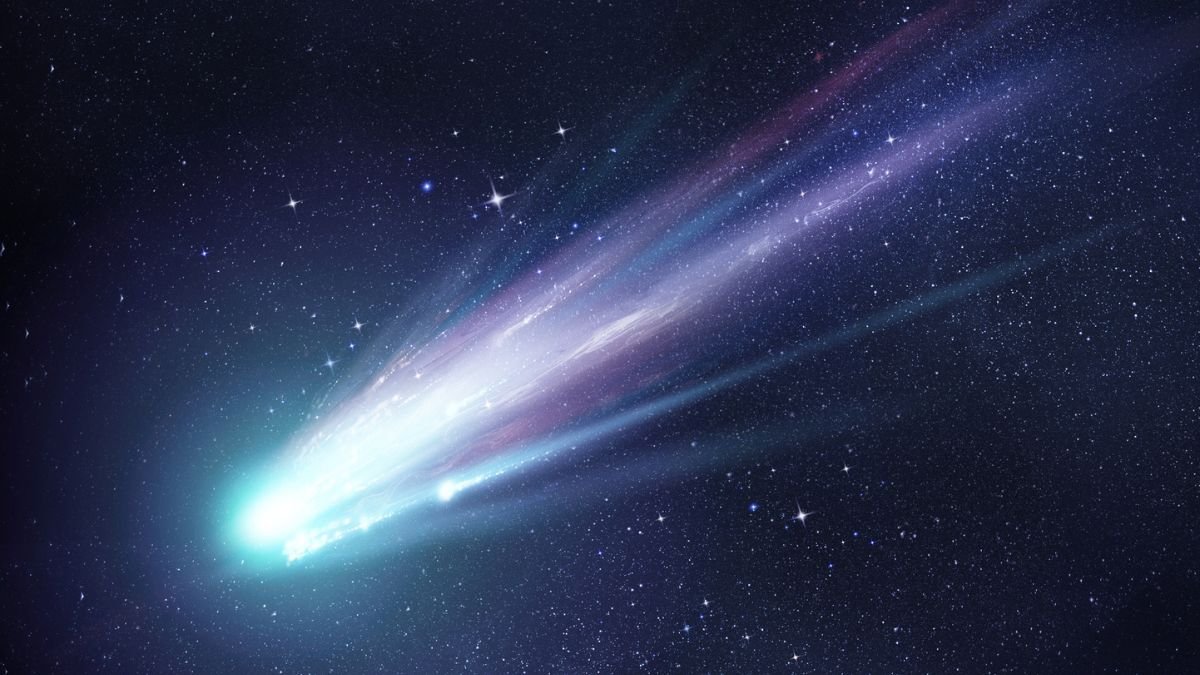Of all the mysteries of science, the origin of life is one of the most important and most difficult to solve. After all, how did we end up in such a distant part of the universe? So why can’t we find others like us?
But a new study conducted at the University of Cambridge may help scientists understand the issue. The role of comets in the creation of life and the transport of organic matter throughout the universe.
The study was carried out based on a theory that has existed in scientific production for some time: comets brought the organic material necessary for life to arise on Earth.
This idea, not very well known to the public, says that at a certain period in the history of the universe, more specifically between 4.5 and 3.8 billion years ago, comets and small asteroids appeared in the Kuiper Belt (near the orbit of Neptune). in the outer solar system) “bombed” Earth, Venus, Mars, and Mercury, hitting these planets in enormous numbers.
This event alsoLate Heavy Bombardment” (LHB) is the leading hypothesis that water was created on Earth due to the ability of these small celestial bodies to transport molecules such as water. Moreover, they may have brought the beginning of life to our planet.
slow comets
One of the main points of the study, prepared by Richard Anslow and Amy Bonsor of the Institute of Astronomy at the University of Cambridge and published in The Royal Society, concerns the speed at which the comets move, which makes this phenomenon possible.

According to the authors, Organic molecules would have to travel at a maximum speed of 15 kilometers per second to survive entry into the atmosphere.. This can occur where planets are very close, such as in the solar system, because the gravity of each interferes with the motion of comets and asteroids.
“We are constantly learning more about the atmospheres of exoplanets, so we wanted to see if there were planets where complex molecules could also be transported by comets. Since Earth is currently our only example of a life-supporting planet, we wanted to test our theories on planets similar to ours. What types of comets are likely to exist?” “At what speed can it move and deliver intact prebiotic molecules?” said Anslow.
Some of these prebiotic molecules that may have been brought up by commentators include yami, methanol, formaldehyde, ethanol and ethane, as well as more complex molecules such as long-chain hydrocarbons and amino acids.
Recently, in 2022, results obtained from amino acid samples taken from asteroid 162173 Ryugu showed that they was intact and not destroyed during space travel. This helped strengthen the thesis supporting the study.
At TecMundo I’m always kept up to date on the latest astronomical work. Or take advantage of learning that salt discovered on an asteroid may be a new clue to the origin of water on Earth.
Source: Tec Mundo
I’m Blaine Morgan, an experienced journalist and writer with over 8 years of experience in the tech industry. My expertise lies in writing about technology news and trends, covering everything from cutting-edge gadgets to emerging software developments. I’ve written for several leading publications including Gadget Onus where I am an author.













